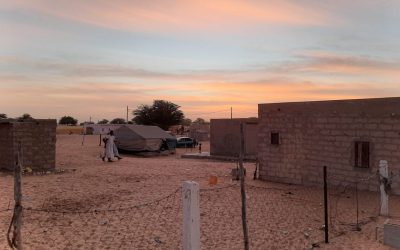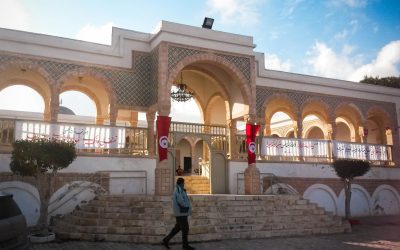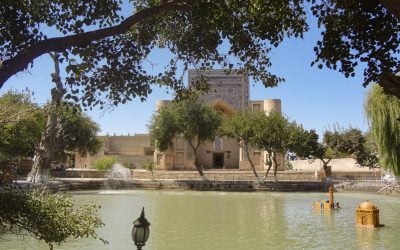DJENNE, MALI
HERITAGE SITE | DJENNE, MALI
-
The town of Djenne was founded in 800 CE, and is one of sub-Saharan Africa’s oldest cities. Situated on an island in the Niger River delta, Djenne was a natural hub for traders who shuttled their goods between the Sahara desert and the forests of Guinea. Through the years Djenne also became a centre of Islamic learning which attracted students from far and wide.
-
The town of Djenne is home to the largest earthen structure in the world – the spectacular Grande Musjid of Djenne. Initially built in the 13th century and then renovated more recently in 1907, the musjid stands tall and proud overlooking the town of Djenne.
-
The musjid has three huge turrets with wooden poles protruding on either side, making it look like a magnificent sand castle.
-
The musjid is built on a large platform about 5500m² in size and is raised about 3m above ground level. The platform prevents damage to the Musjid when the Bani River floods.
-
It can hold 3000 worshippers at a time which includes the area in its spacious courtyard and large roof.
-
The entire community of Djenné takes an active role in the Musjid’s maintenance via a unique annual festival. Every year, after the rains, the people of Djenne get together to repair the building with fresh mud from the banks of the river. Men climb onto the Musjid’s built-in scaffolding and ladders made of palm wood and smear the plaster over the face of the Musjid.
-
The deep-rooted, traditional system of Islamic learning still continues in this town. The kuttāb are still conducted in little rooms and in pathways around the town, as they have been for centuries.
-
Students use wooden tablets and natural ink to write their daily lessons which they memorise for the day before their tablets are wiped clean and the new lesson in written.
-
Djenne is also home to a manuscript restoration centre where manuscripts from all the surrounding areas are brought in, cleansed, treated and then digitised before being stored for safekeeping.




